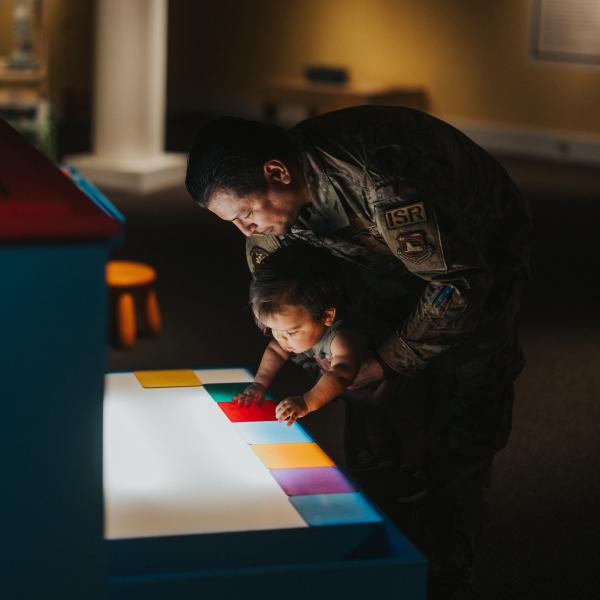National Endowment for the Arts Statement on the Death of NEA Jazz Master Bill Holman

Bill Holman at the 2010 NEA Jazz Masters Tribute Concert. Photo by Tom Pich
It is with great sadness that the National Endowment for the Arts acknowledges the passing of composer, arranger, and saxophonist Bill Holman, recipient of a 2010 NEA Jazz Masters Fellowship, the nation’s highest honor in jazz. His unique and complex arrangements have long been appreciated by musicians and critics alike.
In a 2009 interview with the NEA on receiving his Jazz Masters honor, Holman was asked how he would characterize his sound: “I've been writing for many years before I even realized that I had a sound. People would start mentioning it to me, and I'd say, ‘Oh, what's that?’ And they would say, ‘Well, it's contrapuntal,’ or something like that. But it's more than that. Even my melodies have a sound to me. It's like how your voice can go up or down at the end of a sentence…. Rhythm is a great springboard for me. If I can get momentum going, a lot of times it'll help me write a melodic line.”
Holman took up clarinet in junior high school and tenor saxophone in high school, by which time he was leading his own band. After serving in the U.S. Navy and studying engineering, he decided in the late 1940s that he wanted to write big band music and enrolled at the Westlake College of Music in Los Angeles. He also studied composition privately with Russ Garcia and saxophone with Lloyd Reese.
By 1949, Holman's career was well underway. After writing for Charlie Barnet, in 1952 he began his association with Stan Kenton, for whom he would compose (and perform) for many years to come. During the 1950s, he also was active in the West Coast jazz movement, playing in small bands led by Shorty Rogers and Shelly Manne and co-leading a quintet with Mel Lewis. During the following decade, Holman expanded his writing efforts, working for bands led by jazz greats such as Louie Bellson, Count Basie, Bob Brookmeyer, Woody Herman, Buddy Rich, Gerry Mulligan, Doc Severinsen, and others. In addition, he wrote for high-profile vocalists such as Natalie Cole (including her Grammy Award-winning album Unforgettable), Tony Bennett, Carmen McRae, Anita O'Day, Mel Torme, and Sarah Vaughan.
In 1975, Holman launched the Bill Holman Band but recording was elusive; the recording of The Bill Holman Band in 1987 was his first release as a leader in 27 years. Since 1980, Holman increasingly was more active in Europe, including writing, conducting, and performing extended works for the WDR Symphony Orchestra in Cologne, Germany, and the Metropole Orchestra in the Netherlands.
Holman has received 16 Grammy nominations and won three Grammy Awards: Best Instrumental Arrangement of "Take the 'A' Train" for Doc Severinsen and the Tonight Show Orchestra (1987); Best Instrumental Composition for "A View from the Side" for the Bill Holman Band (1995); and Best Instrumental Arrangement of "Straight, No Chaser" for the Bill Holman Band (1997). He was voted "Best Arranger" in the JazzTimes Readers' Poll four times; and received the "Arranger of the Year" award three times in DownBeat magazine's Readers' Poll and Critics' Poll.
In 2000, the Bill Holman Collection of scores and memorabilia became part of the Smithsonian Institution's permanent collection in Washington, DC. In 2006, he was inducted into the Rutgers Jazz Hall of Fame, and in 2008, he was doubly honored: a Golden Score Award from the American Society of Music Arrangers and Composers and a place in the American Society of Composers, Authors and Publishers Jazz Wall of Fame.
Visit arts.gov for a video tribute to Holman and Jazz Moments, short audio features with Holman about his career.
Contact
NEA Public Affairs, publicaffairs@arts.gov




